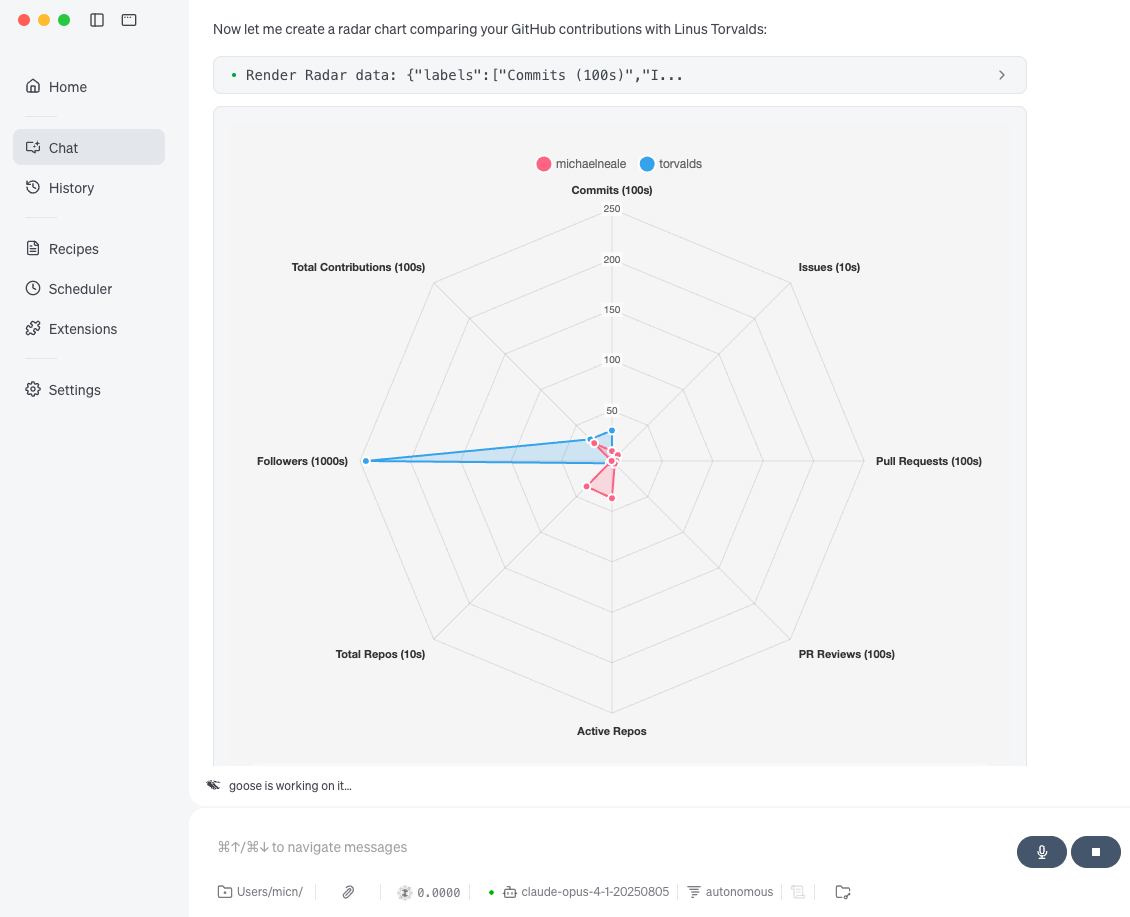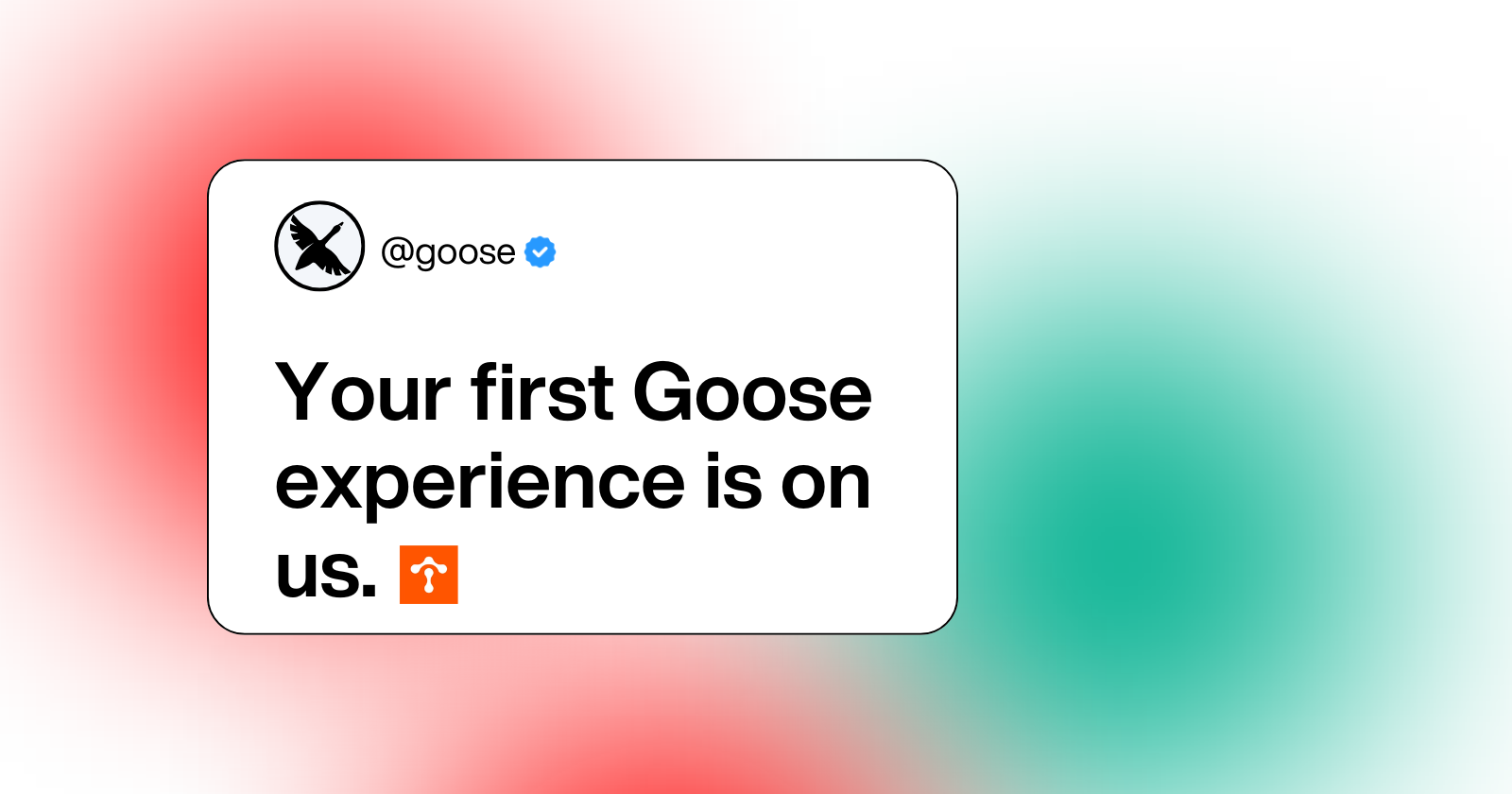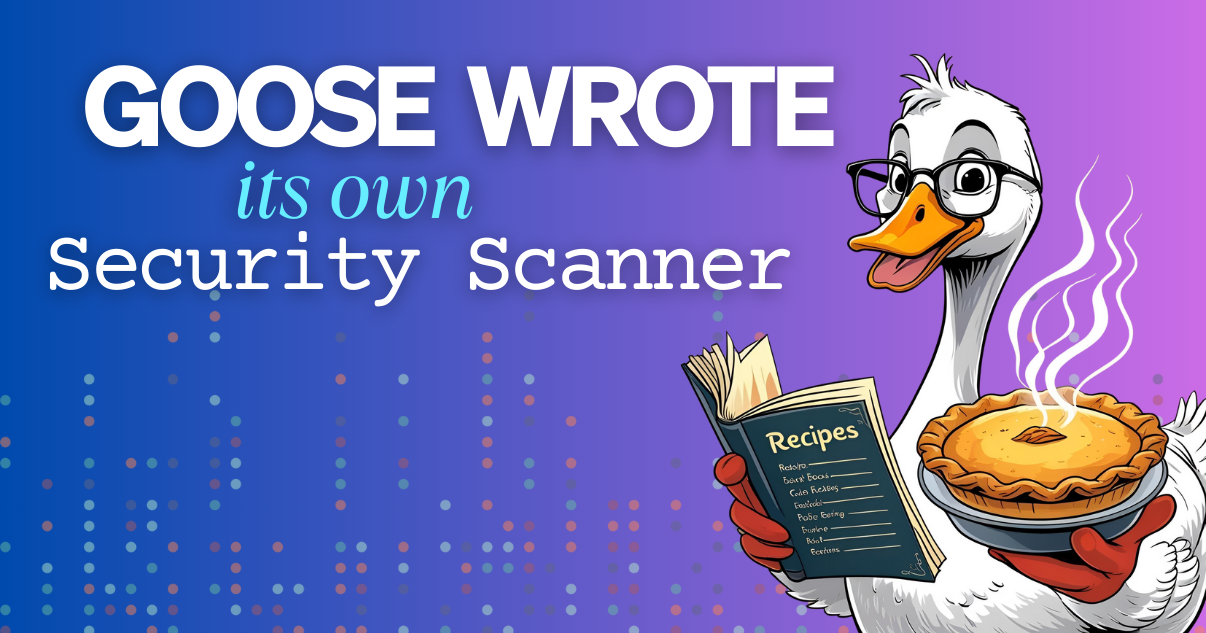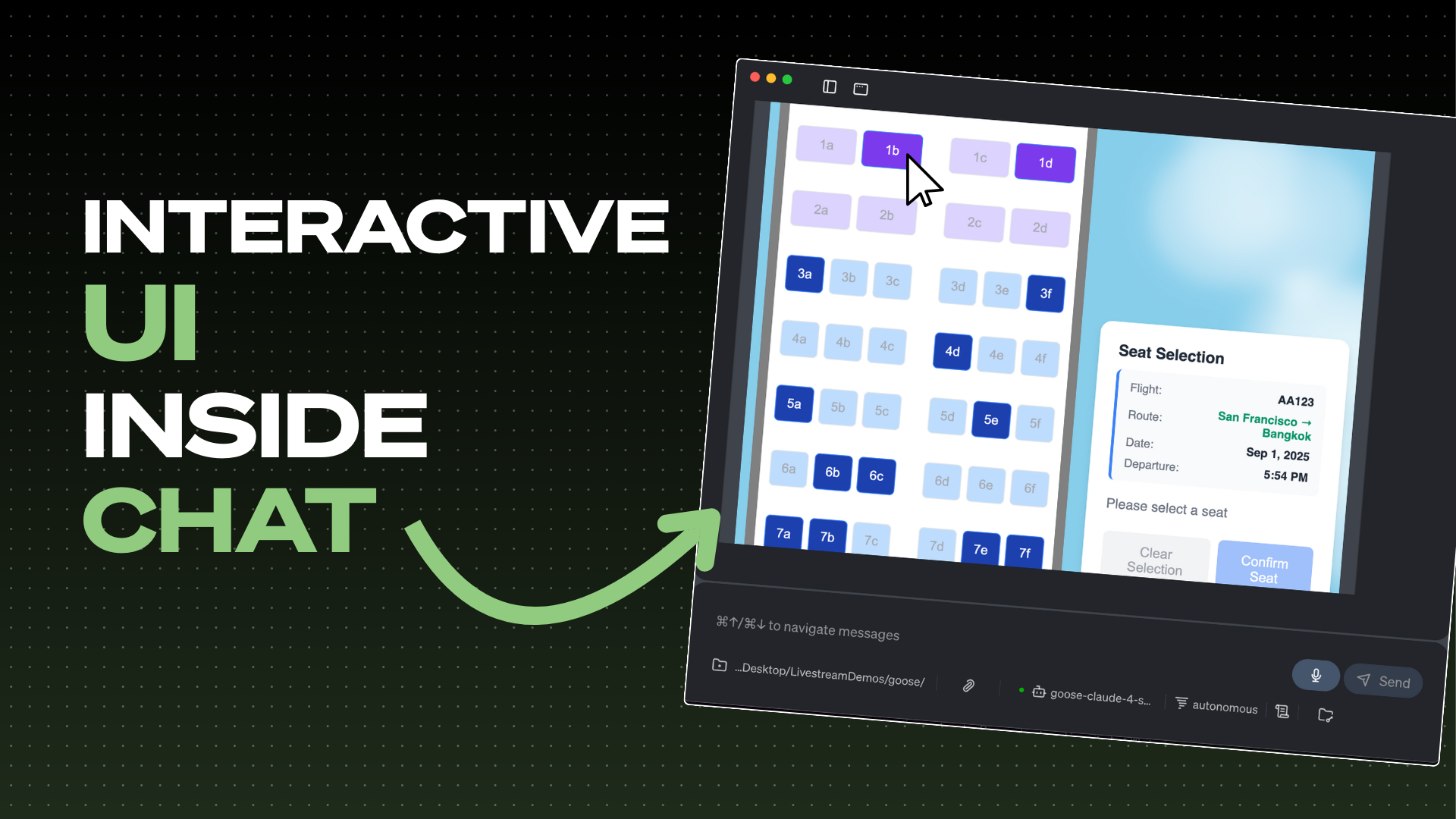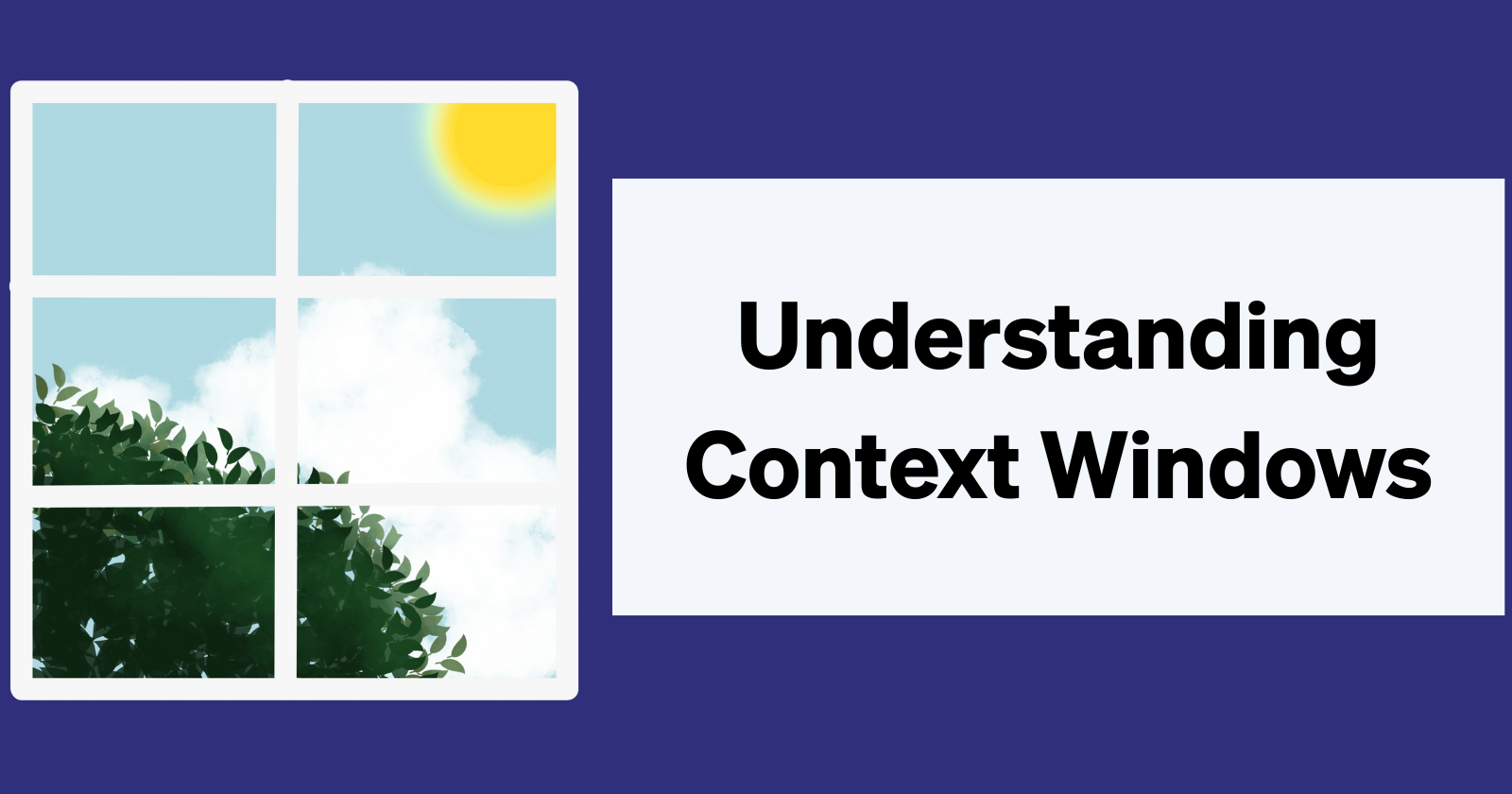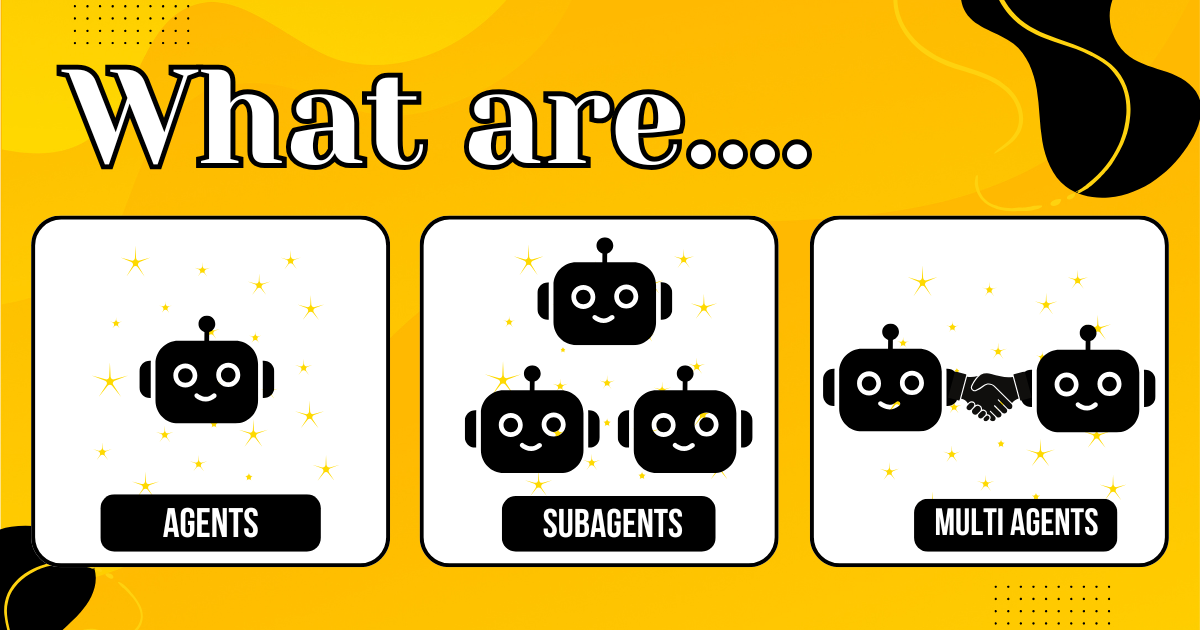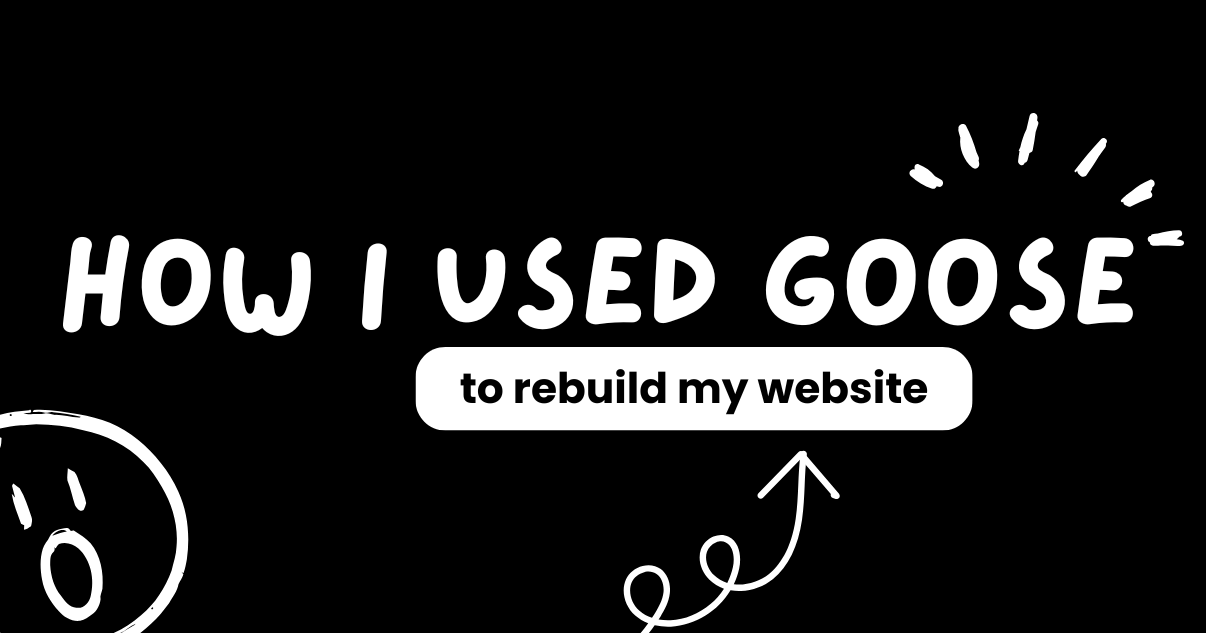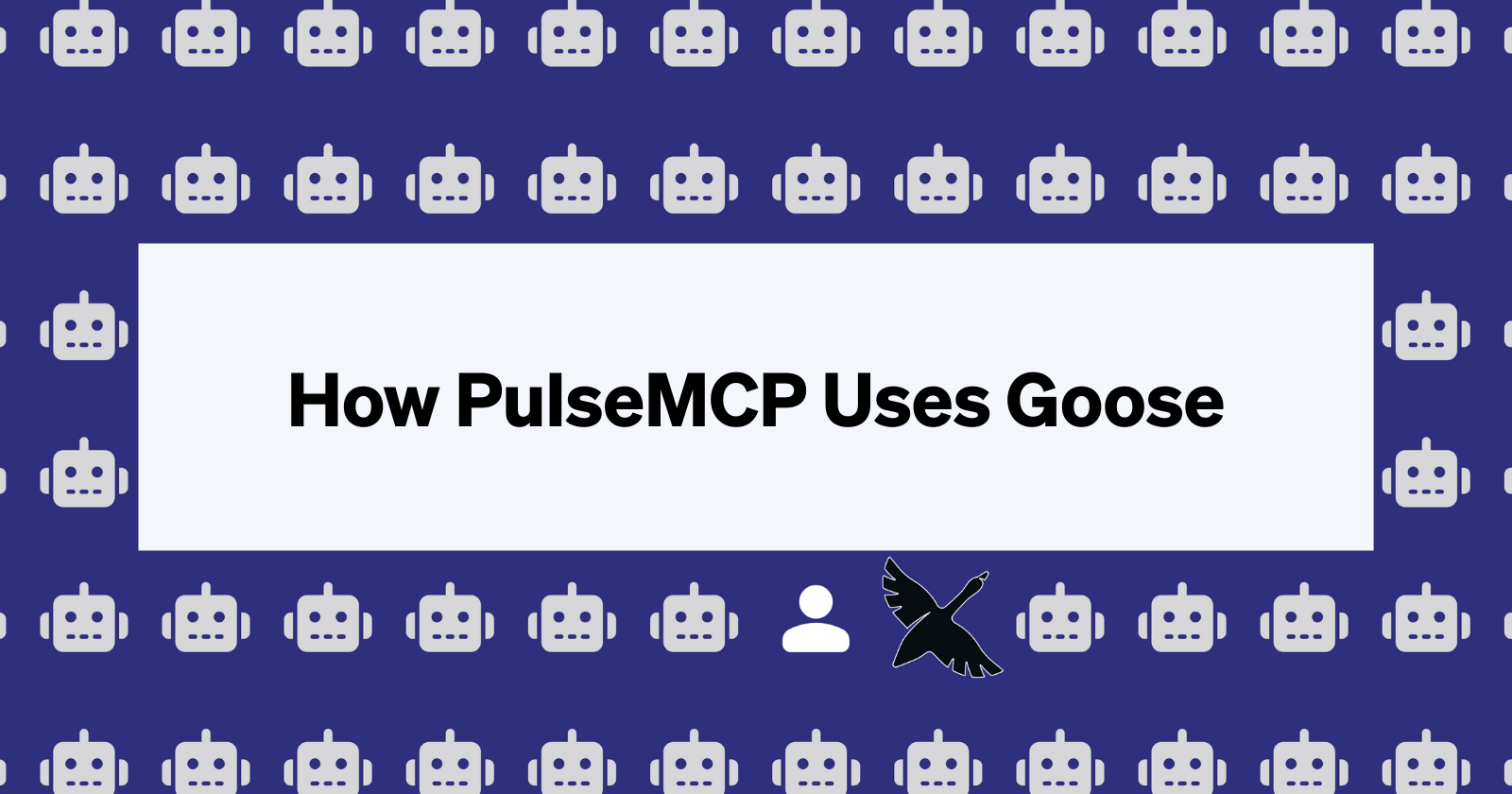When AI Becomes Your New Team Member: The Story of Goose Janitor
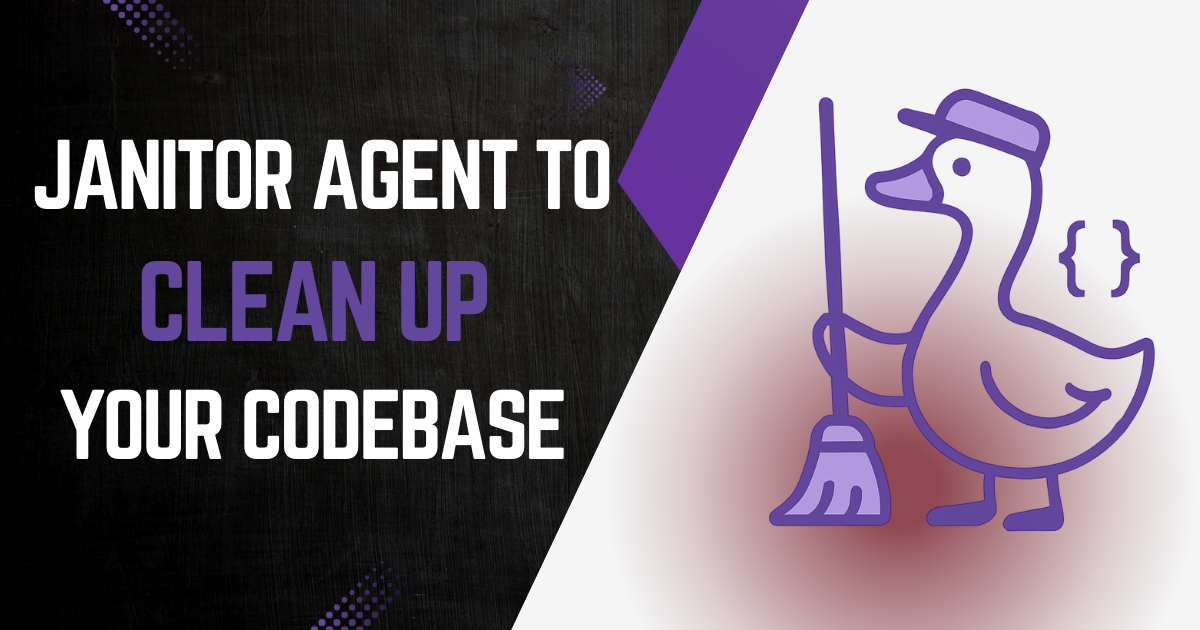
Over the years, Block's iOS engineers have felt the pain of technical debt accumulating. Feature flags are a specific example of this. Even when successfully rolled out, they tend to linger in the codebase, each one a small weight slowing down development.
In the early stages of 2025, with a renewed focus on developer acceleration, the Foundation iOS team decided to organize 'Feature Flag Removal Month' - an opportunity for teams in the large iOS monorepo to come together and delete possibly hundreds of thousands of lines of dead code.
With the serendipitous launch of Goose recipes around the same time, the team wondered could a dedicated recipe aid this effort? Gemma Barlow, a newer iOS engineer on the team, wanted to find out.
